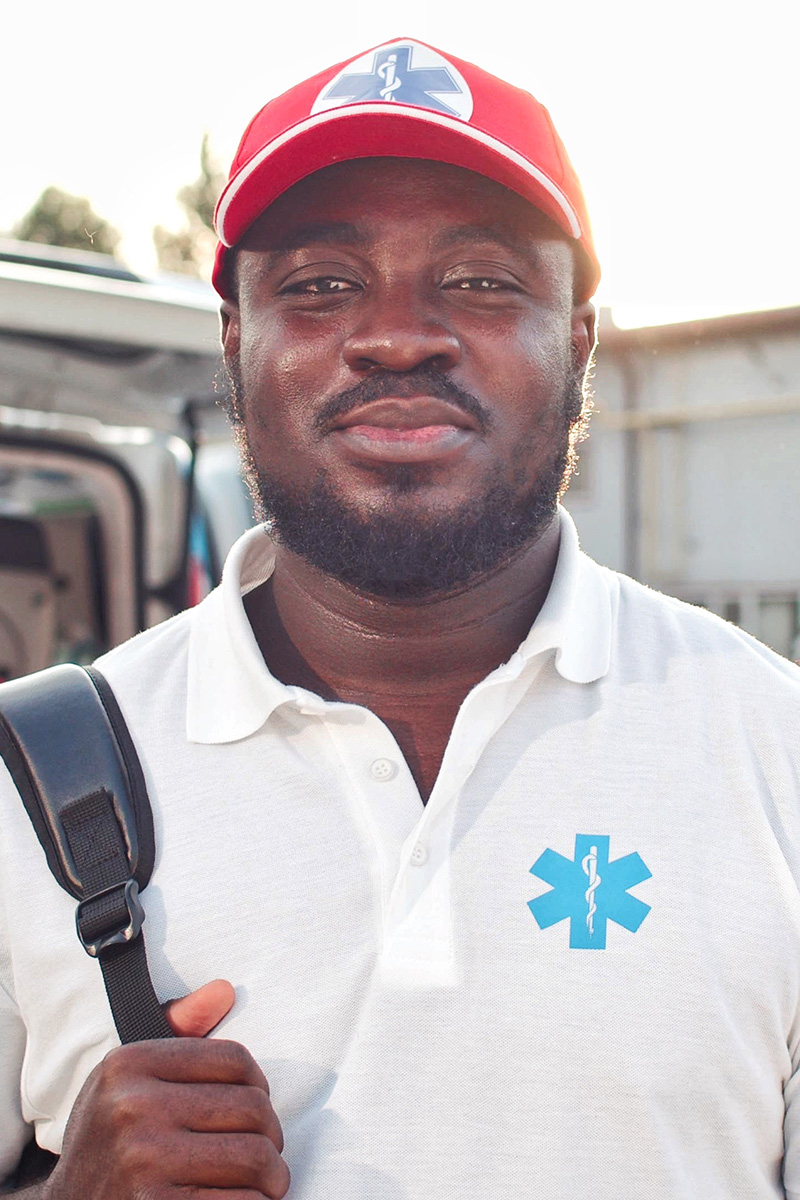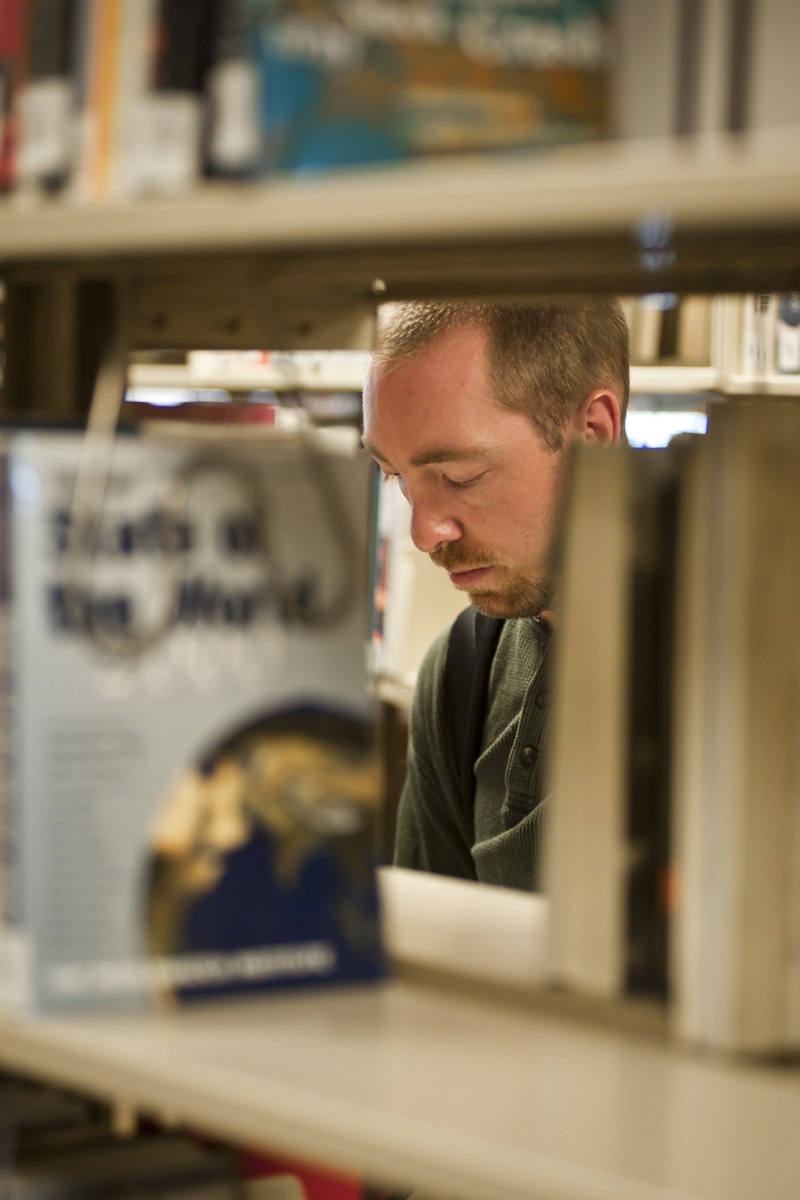Protect Yourself in Public Spaces, Including on Campus
Crime can happen anywhere, even in places that you consider safe. Here are some quick
tips for staying safe in public spaces.
- Call 9-1-1 for all emergencies.
- Report crimes and suspicious people or activities immediately to the PPSC Police Department
at 719-502-2900 (non-emergencies only).
- Your intuition is a powerful tool for personal safety. If something feels off or makes
you uncomfortable, trust your instincts and remove yourself from the situation.
- Project confidence and alertness while you are out and about.
- Stay aware of the people and activities around you.
- Avoid being distracted by your phone or other electronics.
- Avoid dark or secluded places where you can be targeted by criminals (stairwells,
alleyways, ATMs, etc.).
- When using public transportation:
- Try to sit near the driver.
- Take an aisle seat.
- Arrange to have someone meet you at the bus stop to escort you home.
Protect Yourself from Theft and Identity Theft
- Maintain control over your belongings.
- Do not leave belongings unattended even for a short time.
- Hold purses or bags tightly and keep them close to your body.
- Always lock your vehicle, even if you’ll only be gone for a few minutes.
- Always check the back seat of your car before entering.
- Do not leave valuables or important items in your vehicle.
- Park in well-lighted, public areas.
- Secure your bicycle to a designated bike rack using a quality, hardened steel U-lock
that locks the wheel and frame together.
- Lock your doors at home every time you leave.
- Always lock your car doors while driving and while parked.
- Keep only what you need in your wallet/purse.
- Securely store Social Security cards, birth certificates, and seldom used credit cards.
- Cancel unused credit cards.
- Protect your personal information.
- Avoid posting personal details on social media platforms.
- Do not share personal information with strangers.
- Shield your PIN when using ATMs and checkout registers.
- Don’t share your PINs or passwords with anyone.
- Shred credit card applications and documents that show your credit card number, checking
account number, social security number, or your date of birth.
- Deposit outgoing mail in secure mailboxes or at the post office.
- Make an inventory list for all of your valuables and keep it in a safe place.
- Include date and place of purchase, price, serial number, description, etc.
- If you become a fraud victim:
- Call your local law enforcement agency.
- Call your bank or financial institution and credit card companies.
- Notify the fraud department of the three credit reporting agencies.
- Close any checking and savings accounts.
- Change all passwords.
Additional Crime Prevention Resources and Information
Colorado Springs Police Department Crime Prevention Programs and Resources: https://coloradosprings.gov/crime-prevention-program
El Paso County Sheriff’s Office Crime Prevention Programs and Resources: https://www.epcsheriffsoffice.com/sections-law-enforcement-bureau/investigations-division/crime-prevention



